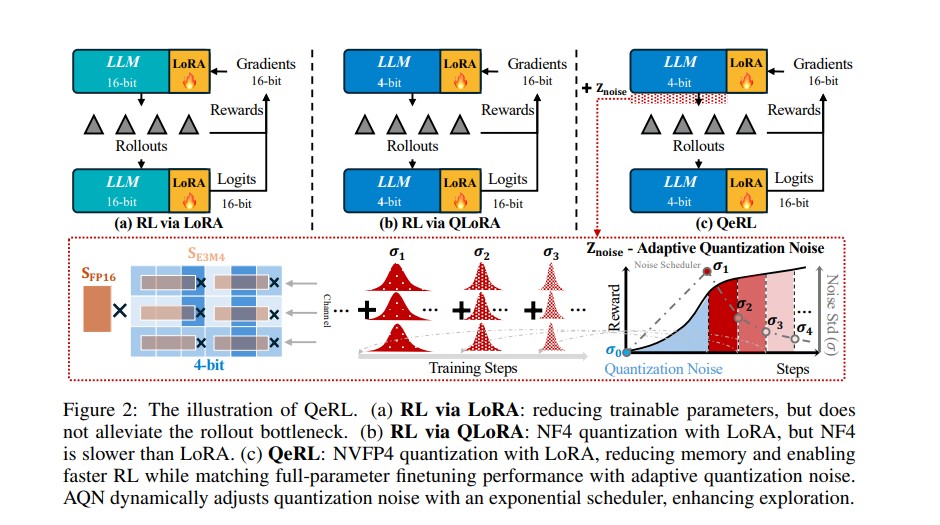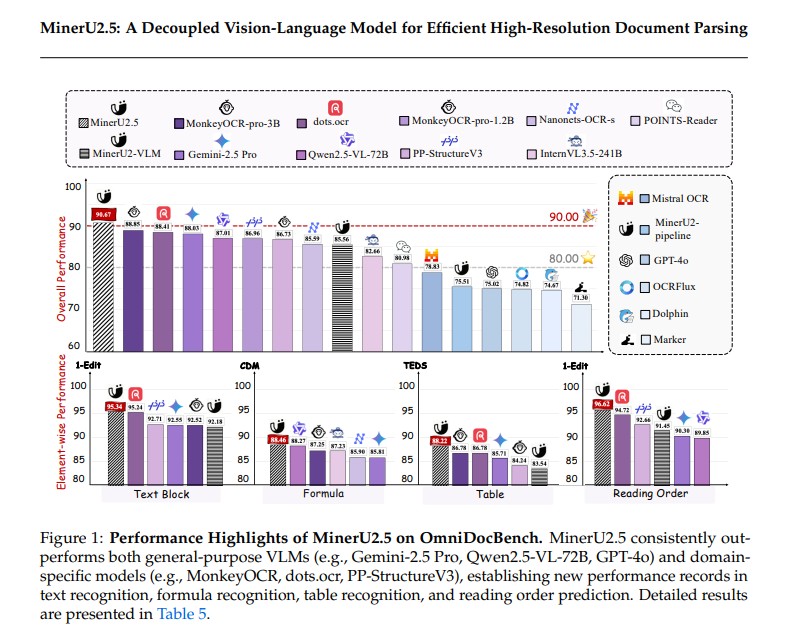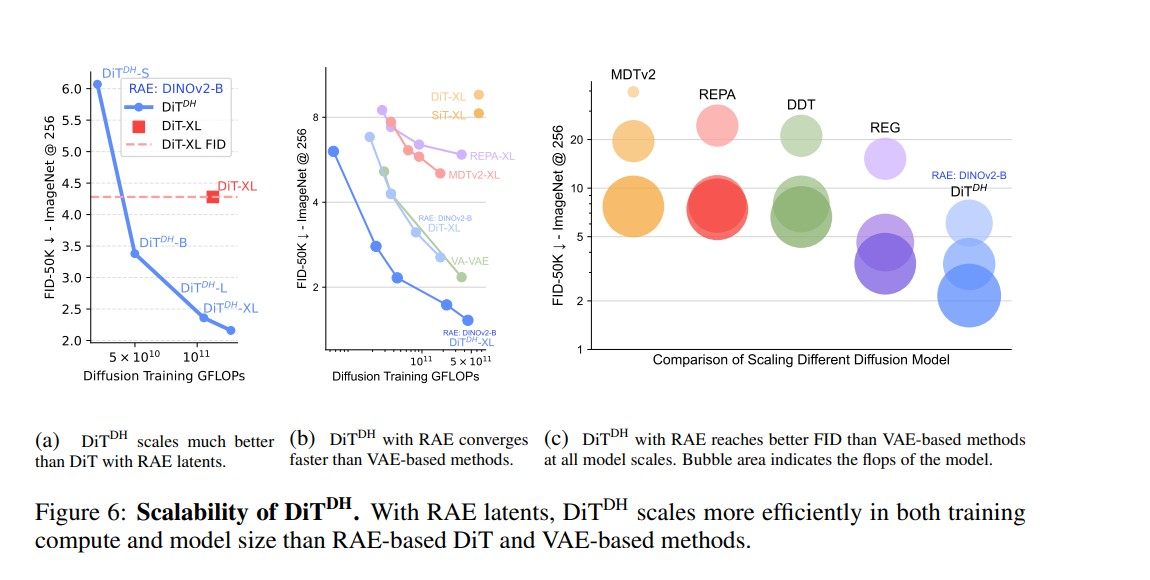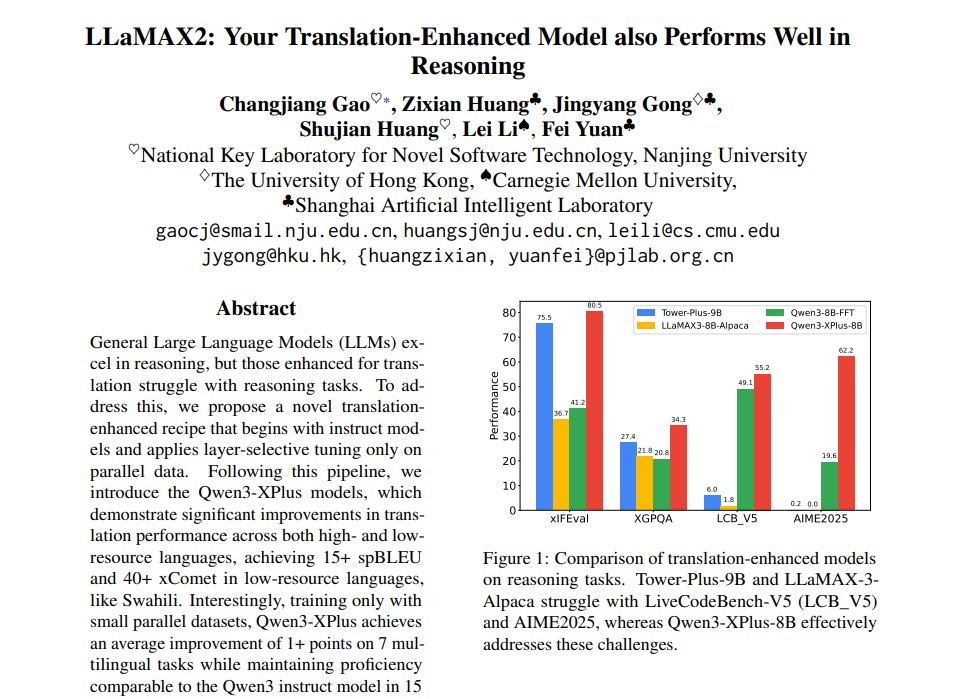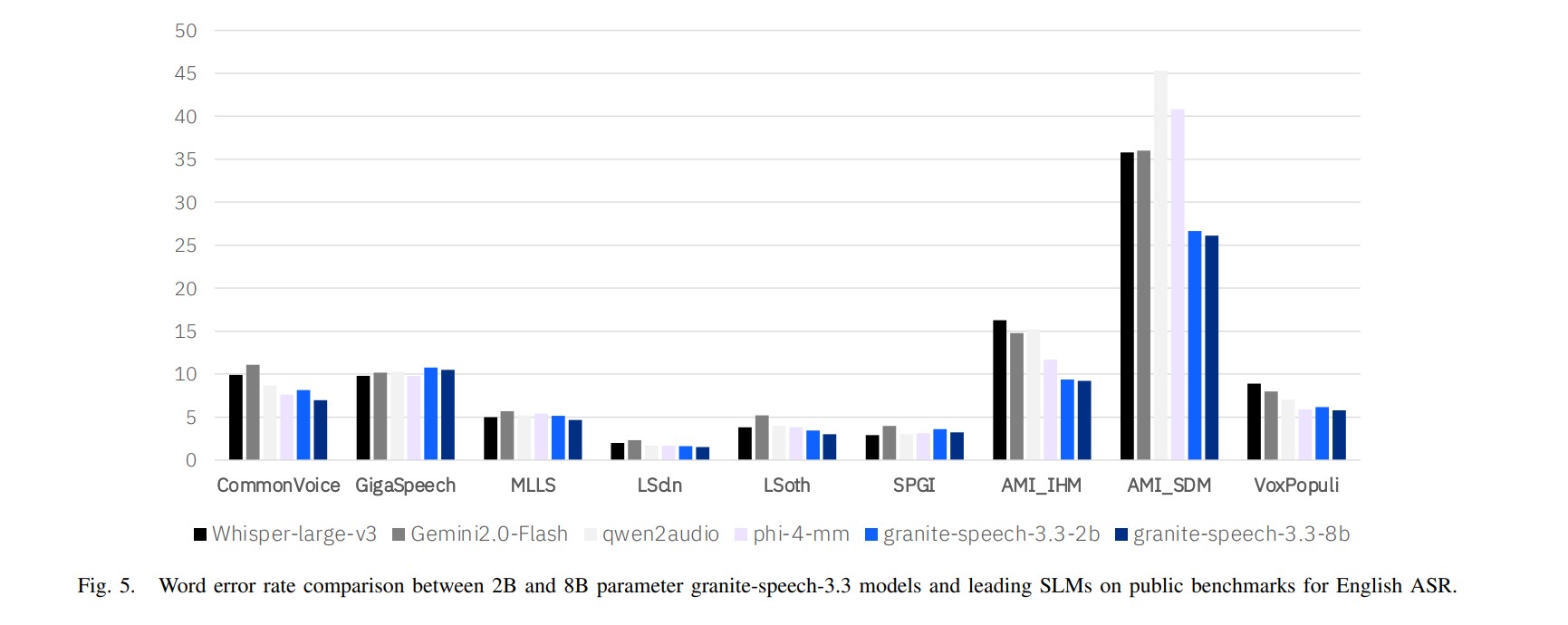Agentic Entropy-Balanced Policy Optimization (AEPO): Balancing Exploration and Stability in Reinforcement Learning for Web Agents
AEPO (Agentic Entropy-Balanced Policy Optimization) represents a major advancement in the evolution of Agentic Reinforcement Learning (RL). As large language models (LLMs) increasingly act as autonomous web agents – searching, reasoning and interacting with tools – the need for balanced exploration and stability has become crucial. Traditional RL methods often rely heavily on entropy to … Read more


